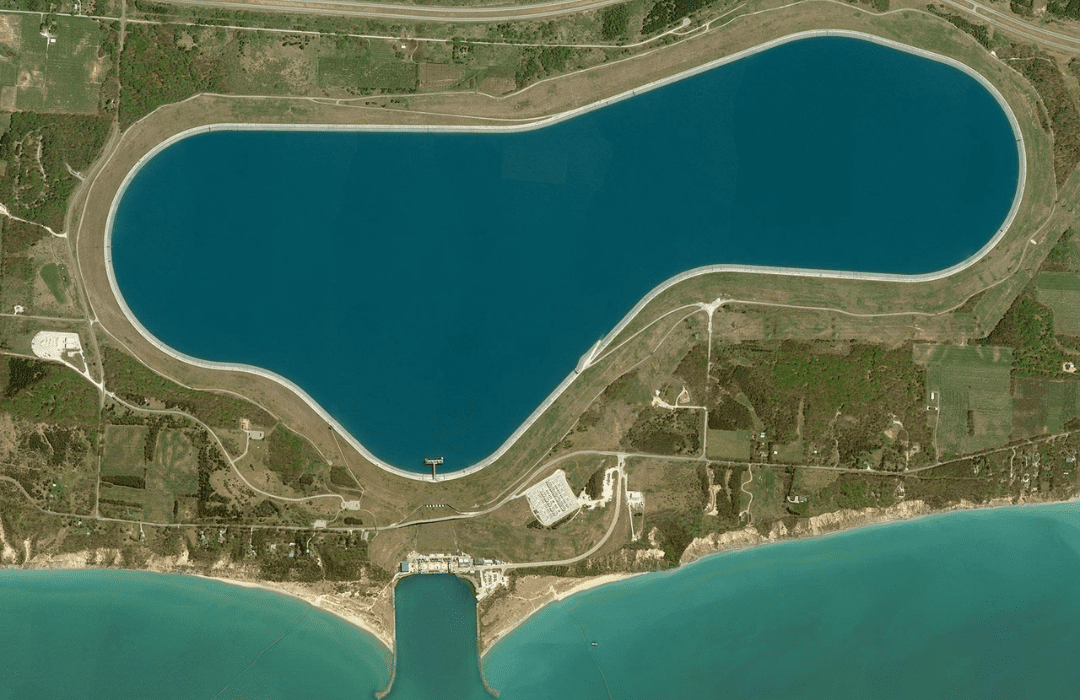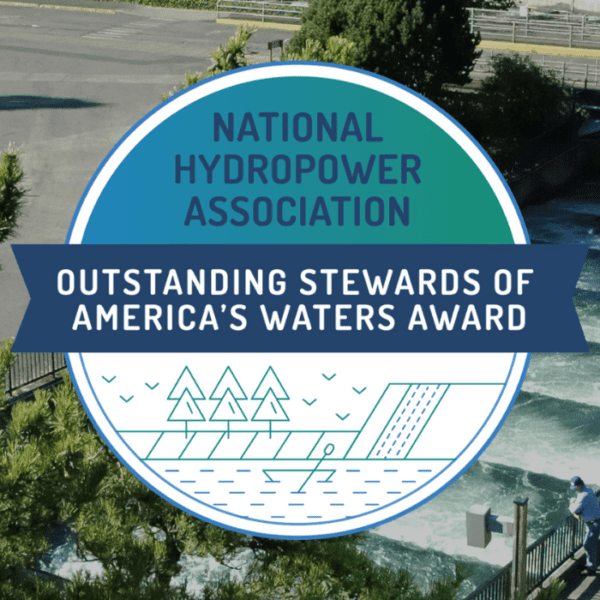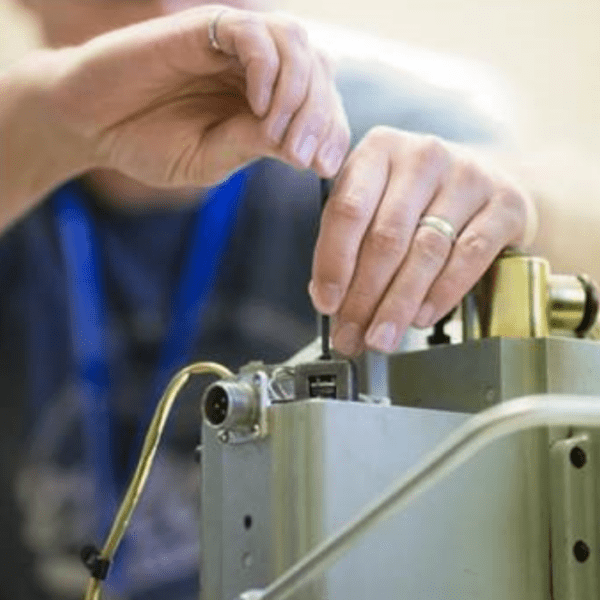As one of the world’s largest per capita producers of greenhouse gases, the race is on in Australia with all levels of government and key entities in the corporate sector beginning to invest in and develop pumped storage hydropower; among this group is Sunshine Hydro.
By learning more about how other nations are tackling energy storage, championing waterpower, and investing in a carbon-free future, organizations in the United States can adapt those lessons for domestic development.
For example, at the upcoming Waterpower Week in D.C., which runs from May 8 – 10, Malcolm Turnbull, former Prime Minister of Australia, will be a keynote speaker. Turnbull will address Waterpower Week attendees during the Wednesday Plenary session, where he will draw on decades of experience in renewable energy development to offer attendees insight into the state of global pumped storage developments.
Turning back to Sunshine Hydro, Civil Engineer, investor, and Sunshine Hydro CEO, Rick McElhinney, is passionate about offering real-world solutions to the climate crisis and that is what drives his enthusiasm for pumped hydropower and particularly their SuperhybridTM model.
POWERHOUSE spoke with Rick McElhinney, CEO of Sunshine Hydro to find out more about the company’s planned expansion throughout Australia and into the United States.
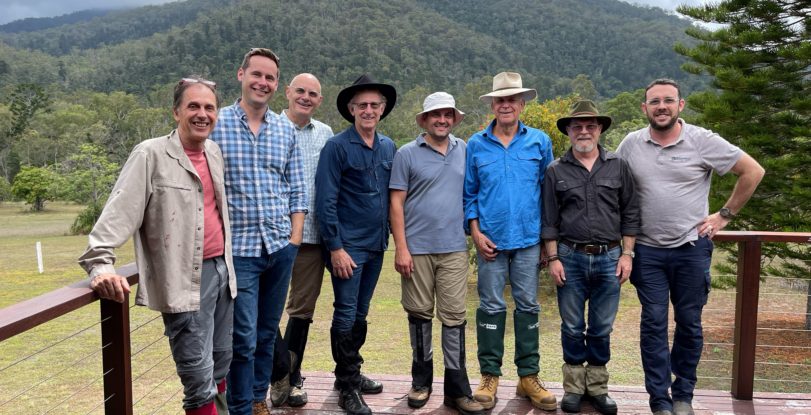
The Sunshine Hydro and Burnett Mary Regional Group. The Burnett Mary Regional Group (BMRG) is the peak body for natural resource management within the Burnett Mary region in Australia. Established in 2001, it is a not-for-profit regional body providing an essential link between the community and various programs procured by government and other funding sources.
POWERHOUSE: Please tell POWERHOUSE readers about yourself. Name? Occupation? Backstory? How did you get involved in hydropower?
Rick McElhinney: I’m Rick McElhinney, Sunshine Hydro CEO, Civil Engineer, and Investor.
Sunshine Hydro is a market leader in pumped hydro in Australia and looking to expand into North American markets, but Sunshine Hydro’s origins can be traced back to a humble, sustainable community in the hinterland of Australia’s pristine Sunshine Coast.
In 2014, Chris Baker, an accomplished software engineer and developer, was working and living in an Australian eco-community, where he began exploring storing the renewable energy generated on-site. Specifically, this was wind and solar energy being stored in a rudimentary pumped hydro storage system.
In 2016, he was introduced to world-leading climate adaption specialist, Gerald Arends. Arends had a background as a lawyer specializing in energy and infrastructure projects with direct experience in Australia, the United Kingdom, and Germany, and he had had advised on solar and wind projects in more than 20 countries.
Baker and Arends agreed to work together to bring pumped hydro to life by founding Sunshine Hydro in 2016.
In 2020, Baker introduced Michael Myer to Sunshine Hydro. Myer’s background was in sustainable property development, venture capital, and business development for software/hardware solutions. alongside his experience in hydrogen made him a natural choice as Chairman of the Board of Sunshine Hydro.
Since then, Michael has spearheaded the “SuperhybridTM” integration of pumped hydro and hydrogen generation.
I joined the Sunshine Hydro board and assumed the role of CEO in 2020. As a civil engineer who has undertaken major infrastructure projects in Canada and Australia, I gained a wealth of experience in engineering-related software development, renewables development, and in early-stage investment.
At Sunshine Hydro, we focus on development of scalable, repeatable professional services, where people, products, and services need to stand alone, but with a level of integration that maintains harmony. We care about community, demonstrated by our ongoing conversation with First Nations people at our Djandori Gung-i project site.
POWERHOUSE: You mention this “Superhybrid” integration of pumped hydro and hydrogen generation. Tell us more about this.
Rick McElhinney: A Superhybrid is a new asset class providing high profitability through the development of multiple contractable revenue streams. It’s an ecosystem that operates independently using our Advanced Energy Storage Optimisation Program (AESOP) technology to generate highly efficient and cost-effective Superhybrid renewable energy projects.
When we add AESOP, fuel cells, and gaseous and liquid hydrogen production to a deep energy storage project, we get a SuperhybridTM.
SuperhybridTM is an appropriate name, as our projects typically incorporate pumped hydro, wind turbines, solar, hydrogen production and storage, and a hydrogen fuel cell. A hybrid of different renewable energy sources to produce 24/7 Carbon Free Energy.
A typical 600MW SuperhybridTM with 20 hours of storage leverages 1.8GW of wind/solar input and provides:
- 220MW of 24/7 Carbon Free Energy
- 1,550MW of contingency power
- 25,500 tonnes of liquified green hydrogen per year – enough to run 2,000 heavy trucks
- A trading profit of AUD$125m pa
- Improved grid resilience and extensive revenue generating grid services
- Reduction in transmission line construction requirements.
SuperhybridTM is unique to Sunshine Hydro, and we are the only consultancy offering this model to market.
A SuperhybridTM is the ultimate tool for grid transformation, providing financial viability, grid stability, and 24/7 carbon free energy and green hydrogen. Most pre-existing pumped hydro projects can be converted to a SuperhybridTM, resulting in increased revenues while greatly accelerating decarbonization.
Conversion can occur after modelling existing and proposed projects through our digital twin modelling approach. Utility owners who don’t wish to introduce new assets can opt to introduce standalone Advanced Energy Storage Optimisation Program (AESOP) technology.
The time required to convert existing pumped hydropower projects to SuperhybridTM ones is anywhere from 18 months to two years. Implementation costs can range from as little as $50 to $600 million, depending on the size of the SuperhybridTM required.
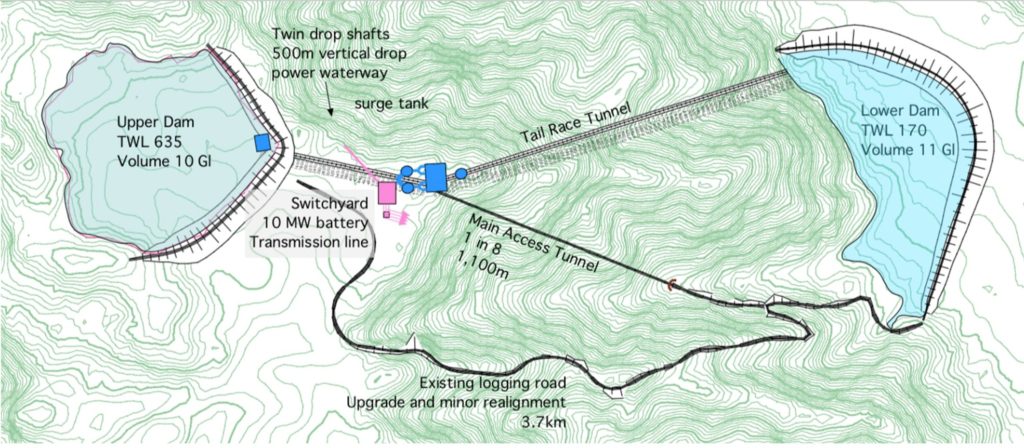
A diagram illustrating the proposed project near Miriam Vale in Queensland, Australia.
POWERHOUSE: You mention this AESOP software – tell me more about it.
Rick McElhinney: AESOP is an innovative artificial intelligence software developed between 2014 and 2022 by Sunshine Hydro which allows engineers to simulate design and operations.
Our experienced engineers use the AESOP digital twin modelling tools to simulate exactly how a project operates. Actual data, including weather and grid demand, are fed into the digital twin model, and then engineers fine tune project parameters so that both revenue generation and infrastructure cost are optimized.
This is significantly different to existing processes, which use very basic modelling to achieve a final design.
We believe using the digital twin approach is best practice, and it generates reliable, bankable returns for an investor, while creating an efficient and reliable electricity system for the community.
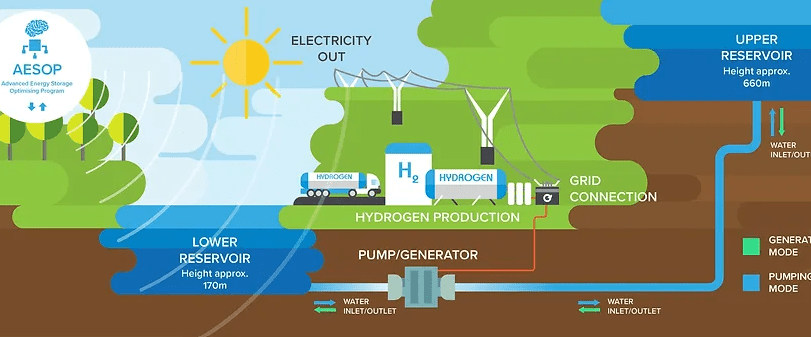
POWERHOUSE: According to the Sunshine Hydro site, “Twenty-eight projects are under investigation with preliminary engineering evaluations completed.” Are there any projects out of the 28 mentioned that you’d like to highlight or discuss further? If so, what is interesting about said project? What can readers learn from the project’s history/development?
Rick McElhinney: Our most advanced Superhybrid project is Djandori Gung-i, which means ‘Spirit in the Water,’ and it is the traditional owners’ name for this project.
A joint venture between Sunshine Hydro and Energy Estate, the project will be located near Miriam Vale, close to Australia’s Coral Coast, and will produce 220 MW of 24/7 carbon-free electricity as well as deliver up to 650 MW of peaking power on demand and 70 tonnes per day of green hydrogen.
Djandori Gung-i will leverage the unique terrain features of the site and the infrastructure assets in the area, which will bring jobs, conservation, biodiversity certainty, and water security to the area.
The project will also create a decarbonization platform for both electricity and transport.
The project is entering the development approval stage. All land needed for the pumped hydro and hydrogen production has been secured. Securing rights to desalinated water is well advanced and geotechnical risk studies, as well as impacts on flora and fauna, have not identified any concerns.
To find out more about this project, view the Smoking Ceremony video.
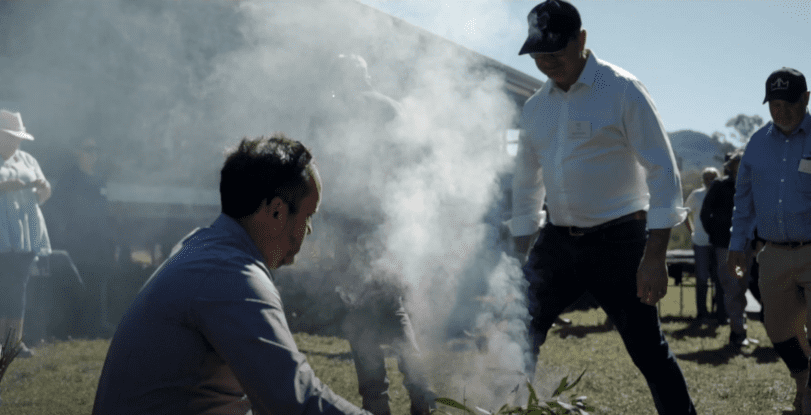
The smoking ceremony with Gidarjil Development Corporation to celebrate the signing of the MoU for the Flavian Project.
POWERHOUSE: Australia has invested heavily into the development of pumped storage hydropower. What is motivating the development of Australian pumped storage hydropower? How can countries with comparatively slower pumped storage development learn from what’s happening in Australia?
Rick McElhinney: Australia has invested heavily; however, the incentives being provided in the United States for both hydrogen and hydropower dwarf Australia’s current offerings. I believe acceleration in the United States is far more likely in the next few years, particularly given the Biden Administration’s incentives.
POWERHOUSE: How is Sunshine Hydro helping Australia achieve carbon neutral goals? Can you speak to the importance of hydropower in the global movement to cut carbon emissions?
Rick McElhinney: Although our projects are now based in Australia, our plans are to decarbonize the world. Our aspirations are to provide AESOP to those who need it in North America, Europe, and Asia as soon as possible.
We are keen to invest in international developments and to work with major utilities to implement our technology in any existing or proposed Pumped Hydro Energy Storage (PHES) project that can benefit.
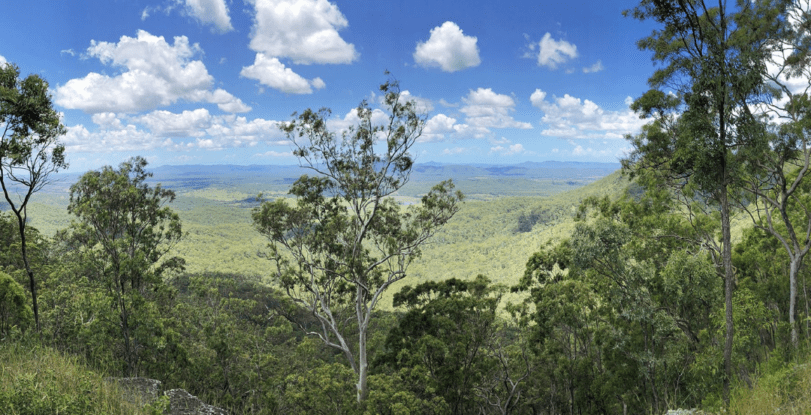
Landscape near proposed Miriam Vale site in Queensland, Australia.
POWERHOUSE: Is there anything you’d like to discuss that wasn’t covered by the aforementioned questions?
Rick McElhinney: There is a perceived and real risk associated with introducing new technology. This is especially sensitive when a beautiful and expensive “forever” asset like an existing pumped hydro plant is involved.
Our approach takes this carefully into account. The concept of introducing huge capital expense to develop a SuperhybridTM is confronting. Our approach to public utilities is as follows:
- We can model existing and proposed projects through our digital twin modelling approach. This models and operates a simulated system without risk and determines a capital plan moving forward.
- We run the modelling with and/or without newly introduced assets. This also eliminates risk at this early stage.
- These models can be run in parallel with existing operations to compare operation. This gives comfort and confidence to our clients as they experiment with the models and see what they are achieving.
- A utility not wishing to introduce new assets can opt to introduce AESOP by itself. After watching the live results for a few or many months, the risk of this decision is diminished.
- In the introduction of an electrolyser, the owner could opt to start with 50MW rather than the full 250MW as an example.
This approach can greatly mitigate risk while utility operators gain confidence in the results before making any important implementation decisions.



